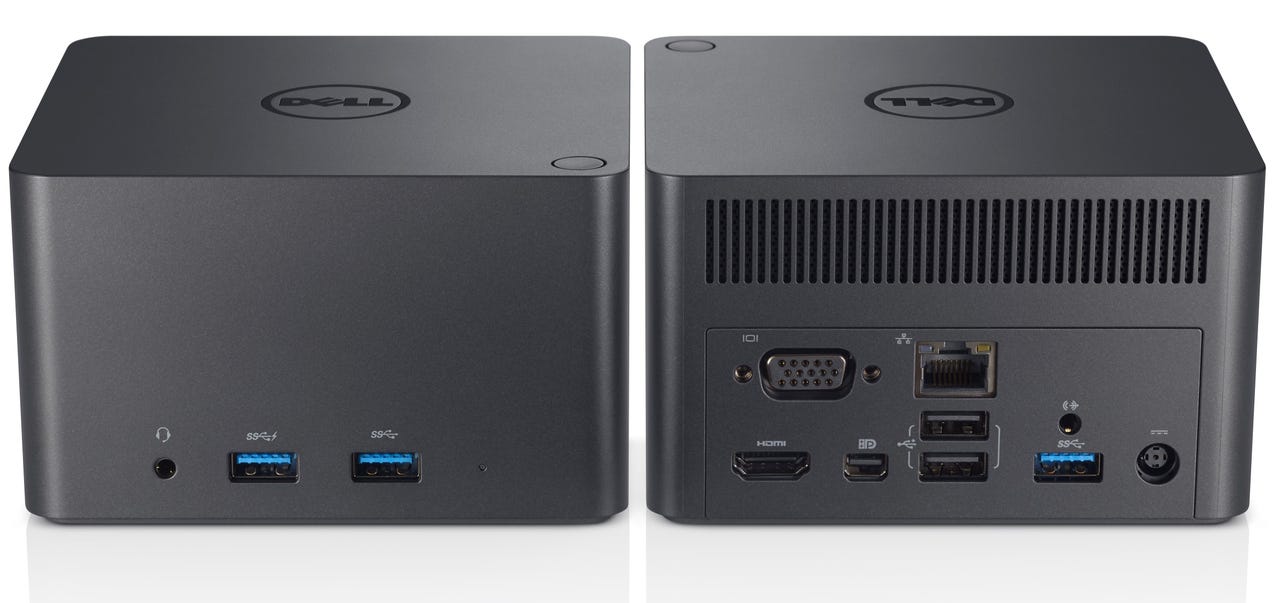Intel cuts cord on its current cord-cutting WiGig products


The Dell Wireless Dock uses Intel's WiGig technology.
It looks like you can add WiGig wireless docking to Intel's dustbin (along with IoT products axed earlier this summer), as the company has discontinued existing products using the 802.11ad wireless standard, according to Anandtech.
[Since publishing this report, we've received a statement from Intel clarifying its WiGig support: "We continue to offer current versions of our 802.11ad products, such as the Intel Tri-band Wireless AC 18265 and Gigabit Wireless 10101R antenna module. We remain committed to WiGig and think it has exciting potential for a number of applications, including enabling VR to become wireless, mesh networking and as part of Intel's leading products for 5G."]
WiGig was developed several years ago with faster speeds than then-current Wi-Fi standards, but because it relied on the 60GHz channel, its high throughput could only travel over short distances. As a result, it eventually became marketed as a feature for wireless laptop docking stations, and while it received some support from enterprise laptop manufactures like Dell and Lenovo, the technology didn't make a big dent against standard wired laptop docks.
While Intel had big plans for a cordless desktop environment built on WiGig, the popularity of Bluetooth keyboards and mice meant that the wires that would most likely bother the user could be out of the way. The clutter-free cubicle may have been more of a marketing vision than something that actually impacted workers and their employers -- at least enough to plunk down $200+ dollars on something like the Dell Wireless Dock.
The wireless cards and antennas will officially end shipping on December 29, but the technology hasn't been completely eliminated from Intel's plans. The chip giant will pivot WiGig towards VR headsets, as its speeds and low latency may find a more suitable niche cutting wires in virtual reality hardware. Intel has already demonstrated WiGig in an HTC Vive headset at Computex a few months ago, and competitors are testing similar wireless technologies on rival headsets.